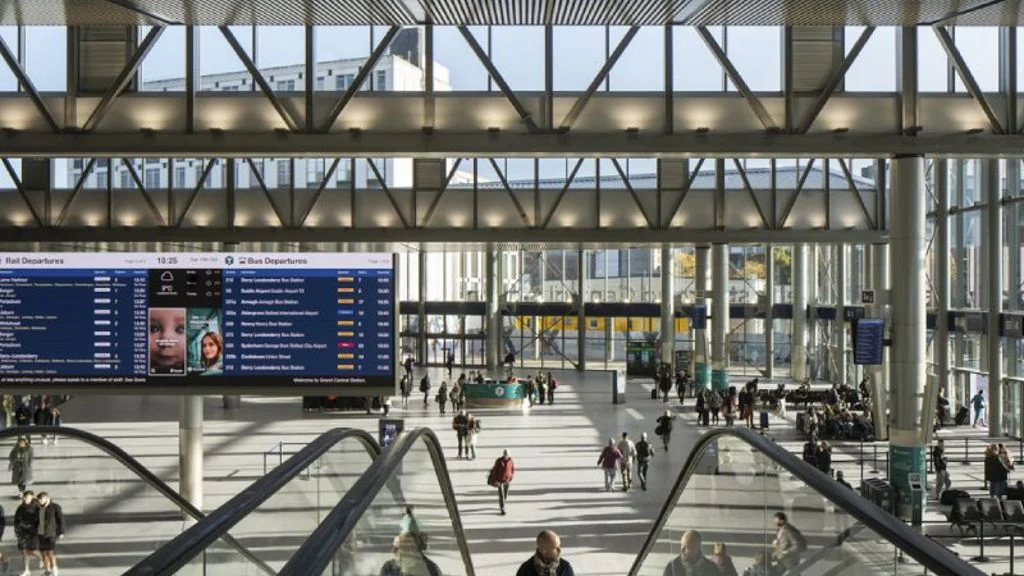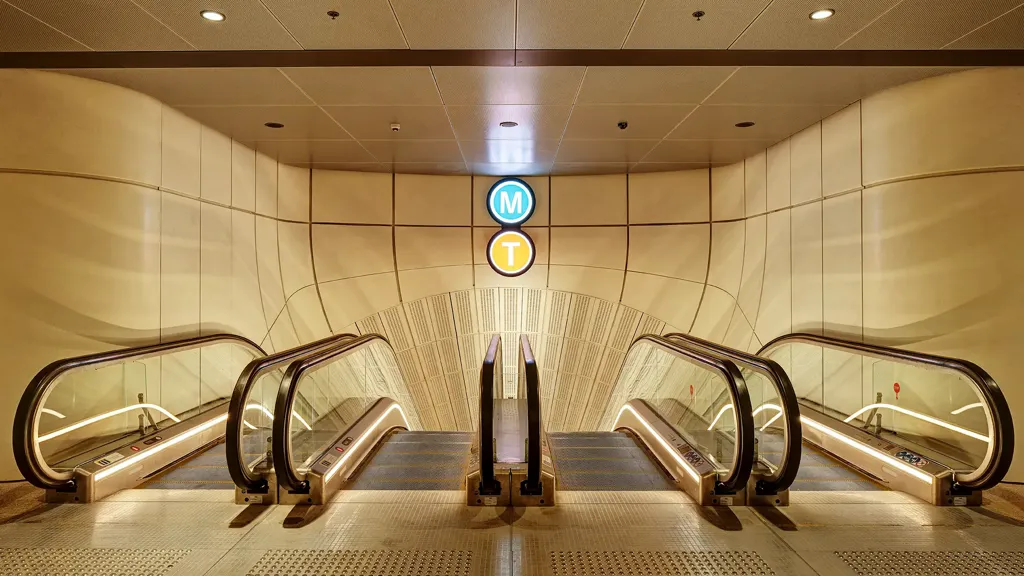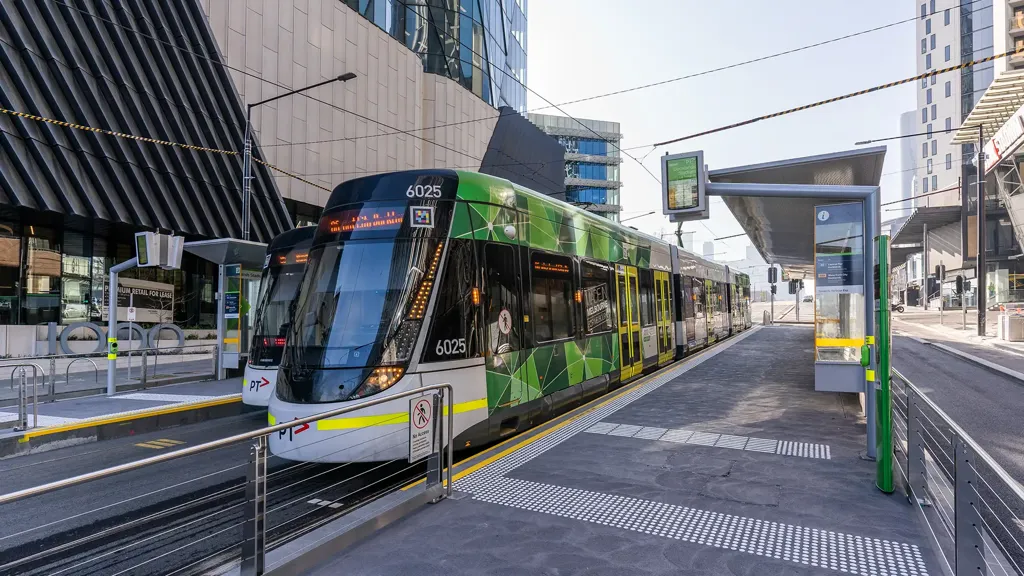What we delivered
-
A state-of-the-art HS2 station with sustainability at its core
-
Analysing material efficiency for the best use of resources
-
Delivering a building in harmony with its surroundings
Get in touch with our team
Arup has designed HS2's Interchange Station, which will be a major transport gateway for the West Midlands, linking Solihull and the National Exhibition Centre (NEC). It is also the first ever station to achieve BREEAM ‘Outstanding’ certification. Once operational, the UK’s HS2 rail network will provide high-speed, low-carbon journeys between the UK’s two largest cities, Birmingham and London, with services continuing on to Manchester, the North West and Scotland using the conventional railway network, adding capacity and cutting journey times.
Our goal for Interchange Station was to design an environmentally friendly, net zero operational station from the very beginning. Working in partnership with HS2 and 12 local stakeholder organisations, our approach used sustainability as a mantra to shape every outcome. By doing this we could deliver a station that reflected its natural surroundings and provided a world-class passenger experience.
Connectivity at the core
As well as being sustainable, the station will be a major gateway station for the West Midlands region, connecting passengers to Birmingham, Leeds, Liverpool, and Manchester city centres. The station will boast four platforms and two high speed through lines for non-stopping services and includes cycle storage for 176 bikes, with further room for expansion as required.
Connecting passengers to the NEC, Birmingham International and Birmingham Airport, an Arup-designed automated people mover (APM) can carry over 2,000 passengers per hour each way.

Working with the environment for sustainable design
Our designs use existing environmental features to maximise natural daylight and ventilation, and a roof that allows rain to be caught and redirected through underground pipes to a harvesting tank where it can be reused to reduce mains water demand.
Inspired by the shape of a leaf, skylights point north to maximise daylight and minimise heat inside the concourse to maintain the temperature without relying on air-conditioning systems.

Lowering carbon impact with material efficiency
We maximised material efficiency and minimised embodied carbon use with in-depth efficiency analysis of key building materials and waste, using offsite fabrication and modularisation to reduce the carbon impact. Air source heat pumps and LED lighting are highly energy efficient, and the station and APM maintenance facility has over 2,000m2 of solar panels generating carbon zero electricity.
Sustainable and low-carbon materials are used throughout, with glulam timber offering a significant embodied carbon saving of 400 tonnes over steel. During construction, 95% of demolition material and waste will be diverted from landfill.
Landscape design features include sustainable drainage to irrigate planted areas and create new natural habitats around the station, increasing biodiversity and enhancing native species. As our design came to life, we followed the concept of ‘touching the ground lightly’, retaining and protecting the existing landscape by removing complexity, minimising cut and fill, and working to maximise sustainability in a design that is harmonious with its local surroundings.

Creating a legacy
Our vision for station design is to deliver a building for passengers and the people who work in and around the station. We designed the Interchange project to be safe, user friendly, attractive and comfortable by making every elements seamless, intuitive and flowing to enable simple, onward connections.
The entire station complex is designed for future adaptability, with sustainable features driving net zero carbon emissions from day-to-day energy consumption.
Tom Wine
Project Director, HS2 Ltd
GWP Project Services Limited
Projects
Explore more station and depot projects

Realising a low-emission, efficient public transit vision for the Danish capital
Copenhagen Metro, Denmark

A new integrated transport hub for Northern Ireland
Belfast Grand Central Station, United Kingdom

Designing Sydney’s first integrated station development
Sydney Metro Martin Place integrated station development, Australia

Improving accessibility and user experience for tram stops in Melbourne
La Trobe Street Tram Stop Upgrades, Australia
Get in touch with us
If you'd like to speak to one of our Architecture experts about any of the issues raised on this page or a potential collaboration then please get in touch by completing the form.


